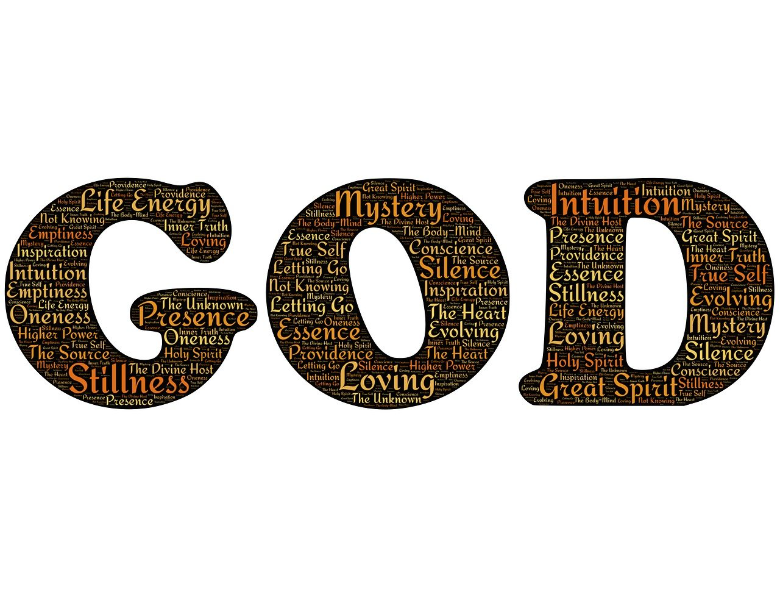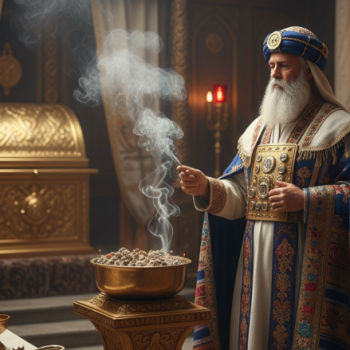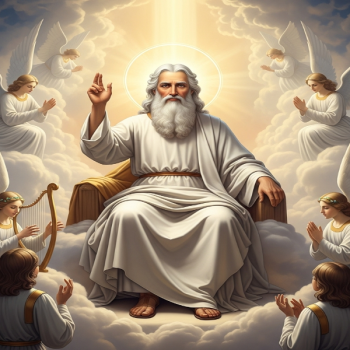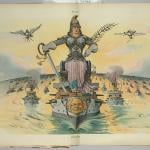
The belief in a trinitarian God stands at the very center of the Catholic faith. Nevertheless, one may ask, how did we get here? After all, the claim that God is one, yet three persons, is not readily accessible to human reason. It goes without saying, but the development of the trinitarian doctrine within Catholicism is an extensive subject, which cannot be adequately treated here.
Nevertheless, I will endeavor to provide an outline or summary of the Catholic belief in the Holy Trinity, arguing that the doctrine emerged as the necessary and divinely guided interpretation of Scriptural data through the action of popes and the Church Councils.
To begin, however, we must ask, what is the Holy Trinity?
The Mystery Of Three
The use of the word mystery in the subheading is very intentional. Owing to its object, faith is considered suprarational. Religious faith is suprarational in that it transcends human reason without negating it. It is an intellectual leap at the far side of reason.
The Holy Trinity is an excellent example of this principle. When Catholicism speaks of the Holy Trinity, it refers to a profound mystery at the center of which is God. Mystery in a theological sense is a divinely revealed truth whose very possibility cannot be rationally conceived before it is revealed and, after revelation, whose inner essence cannot be fully understood by the finite mind.
The incomprehensibility of revealed mysteries derives from the fact that they are manifestations of God, who is infinite and therefore beyond the complete grasp of a created intellect. Nevertheless, though incomprehensible, mysteries are intelligible.
Any comprehension of the Trinity requires that we distinguish between essence and existence. Essence is what a particular thing is, its very nature. Existence is that a thing is. For example, we can speak of human nature (the rational animal) independently of the approximately 8 billion people who possess it.
If this concept is applied to God, we can assert that there is one divine essence (what God is) existing in three persons (who God is: Father, Son, and Holy Spirit). This understanding of God as three persons sharing a single divine essence is a uniquely Christian concept.
The Many And The None
It is a theological oddity, but belief in one God has historically been a minority position. For most of human history, beliefs about the transcendent were polytheistic. That is, most believed in the existence of many gods.
Polytheism in various forms is depicted throughout the Old Testament. Almost without exception, every nation or group of people that the ancient Israelites encountered worshipped a pantheon of gods.
Another ancient (and currently popular) theological position asserts that the universe is God. Strictly speaking, pantheism asserts that God and the universe are really identical, or that there is ultimately no fundamental distinction between God and what believers in creation call the world.
However, these concepts of God (or gods) conflict with the God depicted in the Bible. The God of the Bible is one (Deuteronomy 6:4-5 and 1 Corinthians 8:6) and other from creation (Ephesians 1:4).
Therefore, regardless of whether it is polytheism or pantheism that is asserted, it is evident from the biblical data that the God of Catholicism is one and transcendent. This oneness, however, must be viewed through the lens of the subsequent New Testament revelation that details God’s three-personal existence.
Is The Trinity Biblical?
In a sense, the Catholic doctrine of the Trinity can be described as the Church’s interpretation of Scripture. While the term “Holy Trinity” is not explicitly present in the Bible, scriptural inferences and allusions about the Trinity are found in specific passages of the Old and New Testaments.
The first implied statement of a trinitarian Godhead occurs at the outset of the Bible. In Genesis 1, the text uses the plural pronoun “us” to refer to God. (See Genesis 1:26).
More explicit examples of trinitarian concepts occur in the depiction of Jesus’ baptism. “It happened in those days that Jesus came from Nazareth of Galilee and was baptized in the Jordan by John. On coming up out of the water, he saw the heavens being torn open and the Spirit, like a dove, descending upon him. And a voice came from the heavens, ‘You are my beloved Son; with you I am well pleased.” (Mark 1:9-11).
Perhaps the most explicit reference to the Holy Trinity appears in the “great commission.” “Go, therefore, and make disciples of all nations, baptizing them in the name of the Father, and of the Son, and of the holy Spirit.” (Matthew 28:19).
It is the Bible that provides the data and point of departure for the theological process that ultimately develops the doctrine of the Trinity.
The Trinitarian Doctrine Of The Catholic Church
The history of the Church’s doctrine on the Trinity reaches back to the earliest days of Christianity. Within two hundred years after the Crucifixion, the theologian Tertullian used the term “Trinitas” (Trinity) to describe this concept. In 259 AD, Pope Saint Dionysius issued a public letter to Bishop Dionysius of Alexandria in which he condemned the trinitarian errors of Sabellius and Marcion. Of particular significance is that the letter paved the way for the Church’s later teaching, notably in the councils that addressed the person of Christ.
While it is worth noting that the popes led the way in defending the Trinity and explaining its meaning, it was the work of several councils that developed and explained the doctrine of the Trinity.
At the Council of Nicea (325 AD), the second person (Christ) was declared to be consubstantial with the Father. Of particular significance was the Council’s use of the Greek term homoousios. Homoousios means that two or more things share the same nature or essence. Within the context of the Trinity, this meant that the Son is of the same substance as the Father. Unfortunately, the Council of Nicea was far from the last word when it came to trinitarian doctrine.
Due to the persistent errors being promulgated about the Trinity, Pope Damasus called a council (382 AD) to summarize the errors up to that time and to clarify again that the Church’s teaching is that if anyone denies that the Father is eternal, that the Son is eternal, and that the Holy Spirit is eternal, he is a heretic.
The most extensive declaration of the Church’s teaching on the Trinity was made at the Eleventh Synod of Toledo in Spain (675 AD). It is a mosaic of texts drawn from all the preceding doctrines of the Church. Its purpose was to assemble as complete a list of doctrinal statements as possible, in view of the still prevalent errors in nominally Christian circles, and in response to Islamic opposition.
The Fourth Lateran Council and the Council of Florence formulated the Trinity in specific creeds (Niceno-Constantinopolitan Creed and the Nicene Creed).
Conclusion
Because faith transcends reason, there will always be an element of mystery to it. Perhaps the greatest of these mysteries is the nature of God.
In this essay, I have endeavored to examine the mystery at the heart of Catholicism, the Holy Trinity. Specifically, I have tried to summarize the development of the doctrine of the Trinity.












